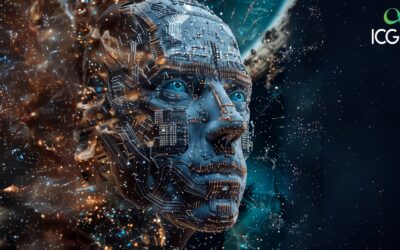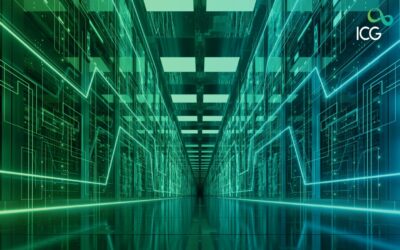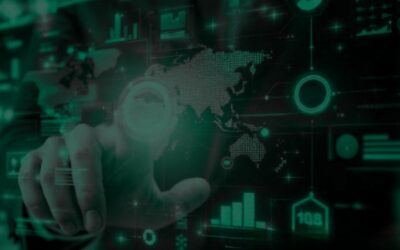Urban mobility is undergoing a transformation, a metamorphosis powered by the convergence of smart city technologies. This shift is not just about making transportation faster or more efficient; it’s about redefining how we interact with urban environments. At the heart of this transformation are three pivotal elements: smart traffic management systems, the role of the Internet of Things (IoT) in optimizing public transit, and the burgeoning impact of autonomous vehicles. Together, these innovations promise to revolutionize urban mobility, making cities more livable, sustainable, and futuristic.
Smart Traffic Management Systems: Pioneering Urban Flow Optimization
Smart traffic management systems stand at the forefront of this revolution, leveraging advanced technologies to optimize traffic flow and reduce congestion. These systems use a combination of sensors, AI algorithms, and real-time data analytics to monitor and manage urban traffic. The result is a dynamic system capable of adjusting signal timings, predicting traffic patterns, and even communicating with vehicles to enhance efficiency.
This integration goes beyond mere traffic light control. It encompasses the management of pedestrian crossings, public transport prioritization, and emergency vehicle routing, ensuring a smoother, safer flow of both vehicles and people. By reducing traffic congestion, cities can significantly lower CO2 emissions, contributing to environmental sustainability while also improving air quality and urban livability.
IoT: Enhancing Efficiency and Reliability
The Internet of Things (IoT) is another cornerstone of the smart urban mobility landscape. Through the deployment of connected devices and sensors across transportation networks, IoT technology offers unparalleled insights into the operations of public transit systems. This includes real-time tracking of buses and trains, monitoring of vehicle health, and passenger flow analytics.
Such capabilities enable transit authorities to make informed decisions, adjust schedules on the fly, and deploy resources where they’re needed most. For commuters, this translates to more reliable and punctual services, with the added benefit of apps that provide real-time updates and journey planning tools. Moreover, IoT facilitates the shift towards Mobility as a Service (MaaS), a user-centric approach that integrates various forms of transport into a single, accessible platform, making urban travel more seamless than ever.
Impact of Autonomous Vehicles on Urban Mobility
Perhaps the most transformative aspect of the smart city revolution is the emergence of autonomous vehicles (AVs). Self-driving cars promise to redefine the very fabric of urban mobility, offering a future where traffic accidents are rare, parking woes are obsolete, and streets are designed for people, not parked cars.
Autonomous vehicles can communicate with each other and with traffic management systems, enabling smoother traffic flows and reducing the likelihood of congestion. They also hold the potential to dramatically change public transit, with self-driving buses and shuttles offering flexible routes and schedules based on real-time demand rather than fixed timetables.
The integration of AVs into urban landscapes also prompts a reevaluation of urban spaces. With fewer vehicles needed for personal transport, vast areas currently dedicated to parking could be repurposed for green spaces, pedestrian zones, or new developments. This shift not only enhances the quality of urban life but also supports the development of more sustainable and resilient cities.
Navigating Challenges and Seizing Opportunities
While the potential of smart city technologies to revolutionize urban mobility is immense, significant challenges remain. These include concerns over privacy and data security, the need for substantial investment in infrastructure, and the requirement for regulatory frameworks that can keep pace with technological innovation.
Despite these challenges, the opportunities presented by smart traffic management, IoT, and autonomous vehicles are too significant to ignore. Cities that embrace these technologies can expect to see substantial benefits, from reduced traffic congestion and lower emissions to improved public transport systems and more livable urban environments.
The revolution in urban mobility driven by smart city technologies is a testament to the power of innovation in addressing complex urban challenges. As cities worldwide strive to become more sustainable and livable, the strategic integration of smart traffic management, IoT, and autonomous vehicles will be crucial. This journey towards a smarter urban mobility future requires collaboration across sectors, visionary leadership, and a commitment to leveraging technology for the greater good. By embracing these advances, we can reimagine and reshape our urban landscapes into thriving, dynamic communities where technology and humanity intersect for the betterment of all.
The ICG Approach
At ICG, in the context of smart cities, our approach involves leveraging cutting-edge technologies to innovate and enhance urban experiences and services. This methodology extends beyond mere technological implementation; it aims to cultivate future urban leaders, match them with suitable mentors, and support their journey through new urban challenges. By envisioning not only the current state but also the aspirational goals of urban stakeholders, we collaborate closely to design a strategic plan for achieving these objectives.
Ready to talk?
Request your free Consultation to learn more about ICG’s capabilities and enablement to embark on a transformative expedition toward the summit of success.








